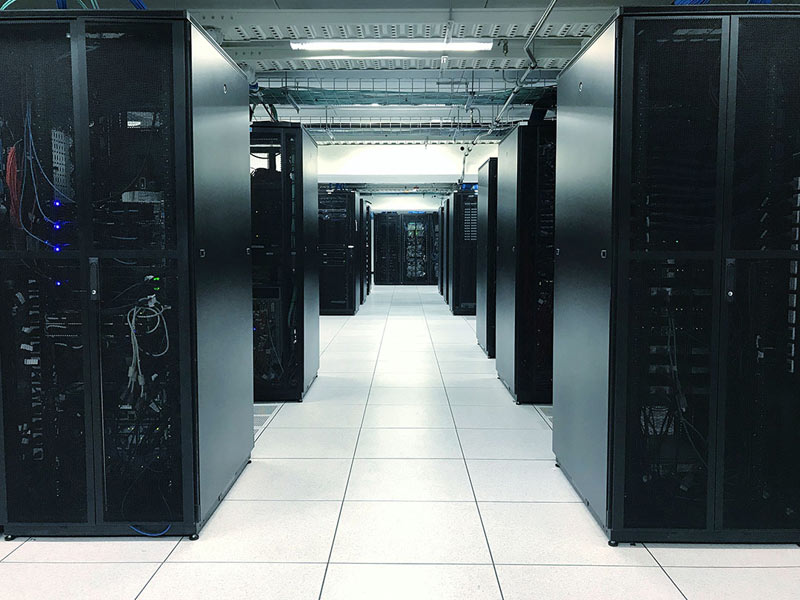Why Are Future-Proof Data Centers Essential? Driving Technological Success with Innovative Infrastructure

Data centers are the beating heart of our digital world. As technology advances at a dizzying pace, these vital infrastructures face an unprecedented challenge: how to remain relevant and efficient in a landscape of constant change. The concept of future-proof data centers has emerged as a response to this challenge. It’s not just about keeping up with today’s demands – it’s about anticipating and preparing for the technological needs of tomorrow. What exactly makes a data center “future-proof”? And why is this concept so crucial for businesses looking to maintain their competitive edge?
The Data Deluge – Why Traditional Centers Fall Short
We’re living in an age of information explosion. Every digital interaction, from a simple text message to complex business analytics, generates data. This exponential growth is pushing traditional data centers to their limits.
- Storage capacities are maxing out faster than ever
- Energy consumption is reaching unsustainable levels
- Lack of flexibility hinders rapid adaptation to new technologies
These limitations aren’t just inconveniences – they’re roadblocks to innovation and growth. In a digital economy where speed and agility are paramount, outdated infrastructure can be a serious liability.
Key Elements of Future-Proof Centers
So what sets a future-proof data center apart? It’s not just about bigger servers or fancier cooling systems. It’s a holistic approach to design and functionality.
- Scalability on steroids
- Energy efficiency that makes Mother Nature smile
- Adaptability that would make Darwin proud
- Security is tighter than Fort Knox
These centers aren’t just built for today. They’re built for tomorrow, next year, and the next decade.
When Sustainability Meets Performance
Let’s talk green. No, not money (though that’s important too). We’re talking about environmental sustainability.
Future-proof data centers are leading the charge in green technology. They’re not just reducing carbon footprints – they’re stomping them out entirely.
- Renewable energy sources take center stage
- Innovative cooling solutions slash energy consumption
- Waste heat? More like waste opportunity – it’s being repurposed
It’s not just good for the planet. It’s good for the bottom line. Win-win.
AI and Automation – The Brains of the Operation
Artificial Intelligence isn’t just a buzzword. In future-proof data centers, it’s the maestro conducting a symphony of efficiency.
AI-driven systems optimize everything:
- Workload distribution
- Energy consumption
- Predictive maintenance
Human operators? They’re still around, but they’re working smarter, not harder.
Bringing Data Centers to Your Doorstep
The future of data centers isn’t just big. It’s also small and distributed.
Edge computing is revolutionizing how we process data. By bringing computing power closer to the source, we’re:
- Reducing latency to near-zero levels
- Enhancing real-time processing capabilities
- Improving data security and privacy
It’s like having a mini data center in your neighborhood. How’s that for future-proofing?
Skilled Teams for Complex Systems
All this technology is impressive. But it’s nothing without the right people to manage it.
Future-proof data centers require a new breed of IT professionals. They’re part engineer, part visionary, part magician.
Training and development aren’t optional extras. They’re essential investments in future-proofing.
Conclusion
In the digital age, data centers are the engines of innovation. Future-proofing these critical infrastructures isn’t just smart – it’s essential.
Companies that invest in future-proof data centers aren’t just preparing for change. They’re positioning themselves to lead it.
So ask yourself: Is your data center ready for the future? Or is it anchoring you to the past?
The choice is clear. The future is now. And it’s being built in data centers around the world.


